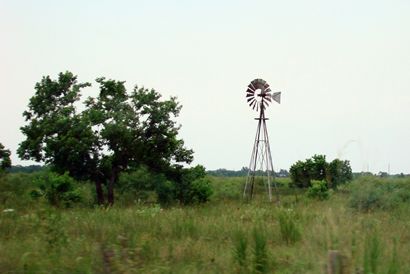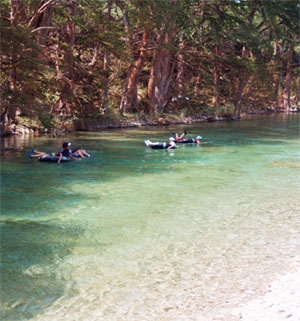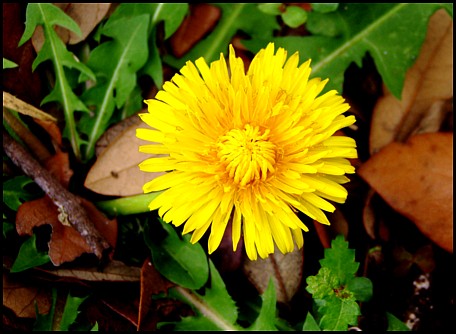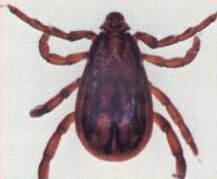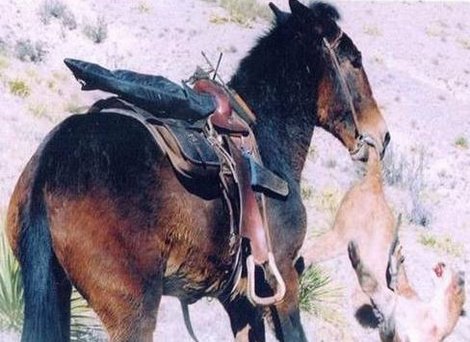
You may or may not have seen this before, but I received these photos in an email regarding a couple of people hunting in Montana when one of their mules actually killed a mountain lion. Now mules are commonly used to protect herds of goats and flocks of sheep, but no one really expected this!
Here is how the story goes:
A couple from Montana were out riding on the range, he with his rifle and she (fortunately) with her camera. Their dogs always followed them, but on this occasion a mountain lion decided that he wanted to stalk the dogs (you’ll see the dogs in the background watching). This turned out to be a very bad decision for the cat.
The hunter got off the mule with his rifle and decided to shoot in the air to scare away the lion, but before he could get off a shot the lion charged in and decided he wanted a piece of those dogs. With that, the mule took off and decided he wanted a piece of that lion. That’s when
all hell broke loose… for the lion.As the lion approached the dogs the mule snatched him up by the tail and started whirling him around. Banging its head on the ground on every pass. Then he dropped it, stomped on it and held it to the ground by the throat. The mule then got down on his knees and bit the thing all over a couple of dozen times to make sure it was dead, than whipped it into the air again, walked back over to the couple (that were stunned in silence) and stood there ready to continue his! ride.. as if nothing had just happened.
Fortunately, even though the hunter didn’t get off a shot, his wife got off these 4 photos!
